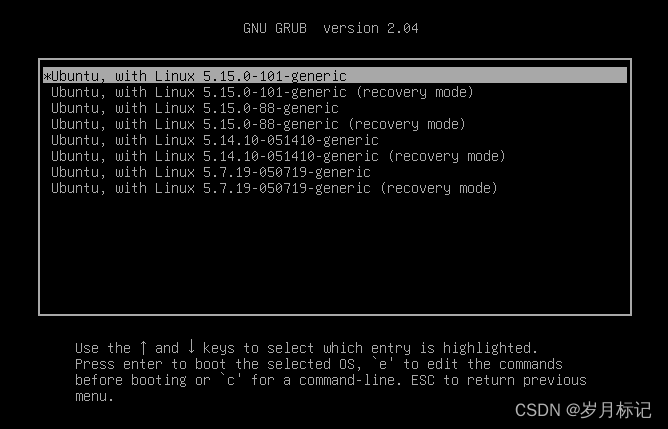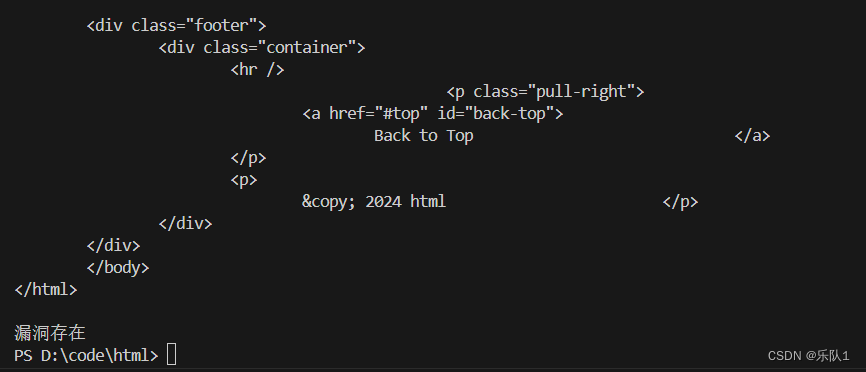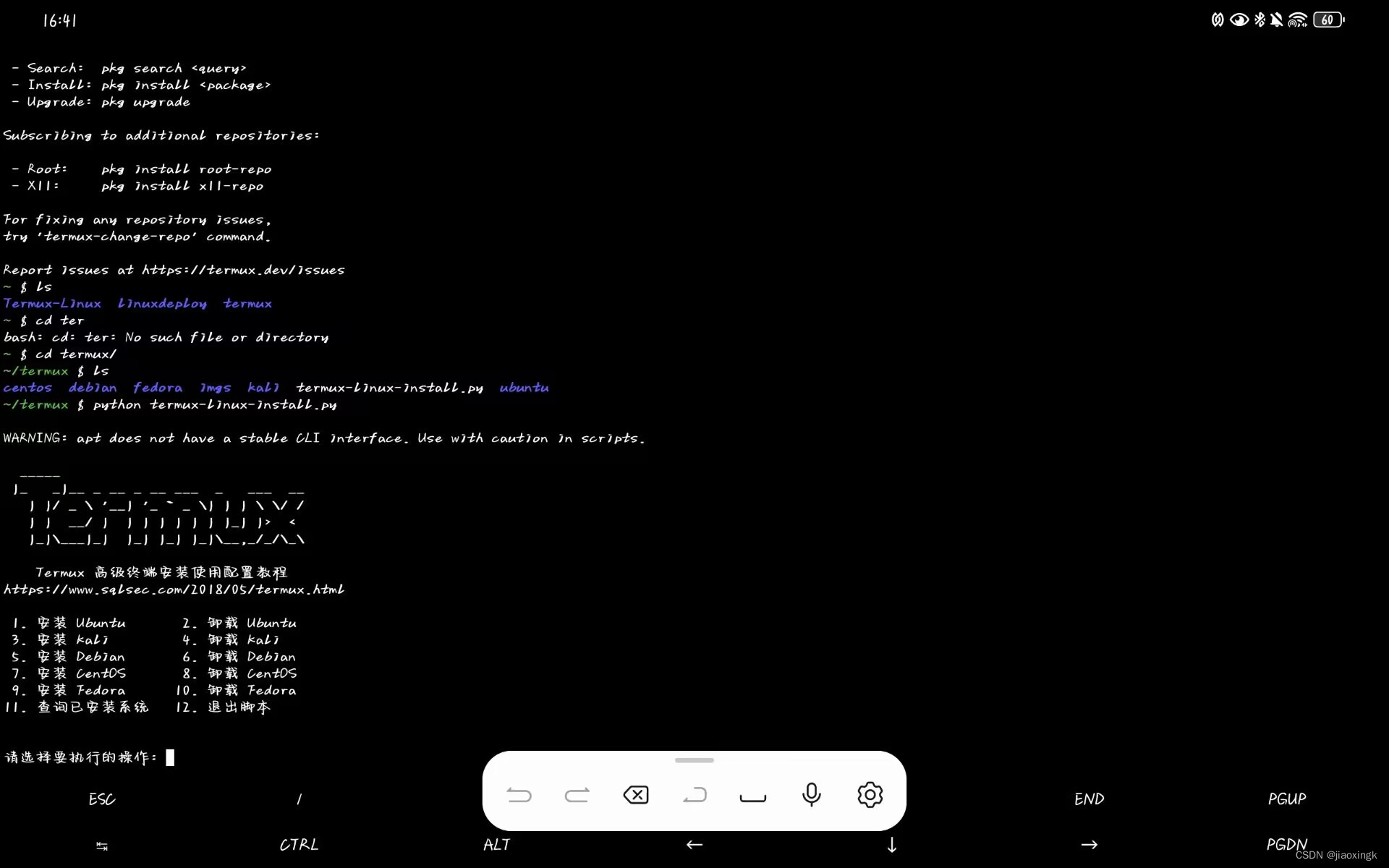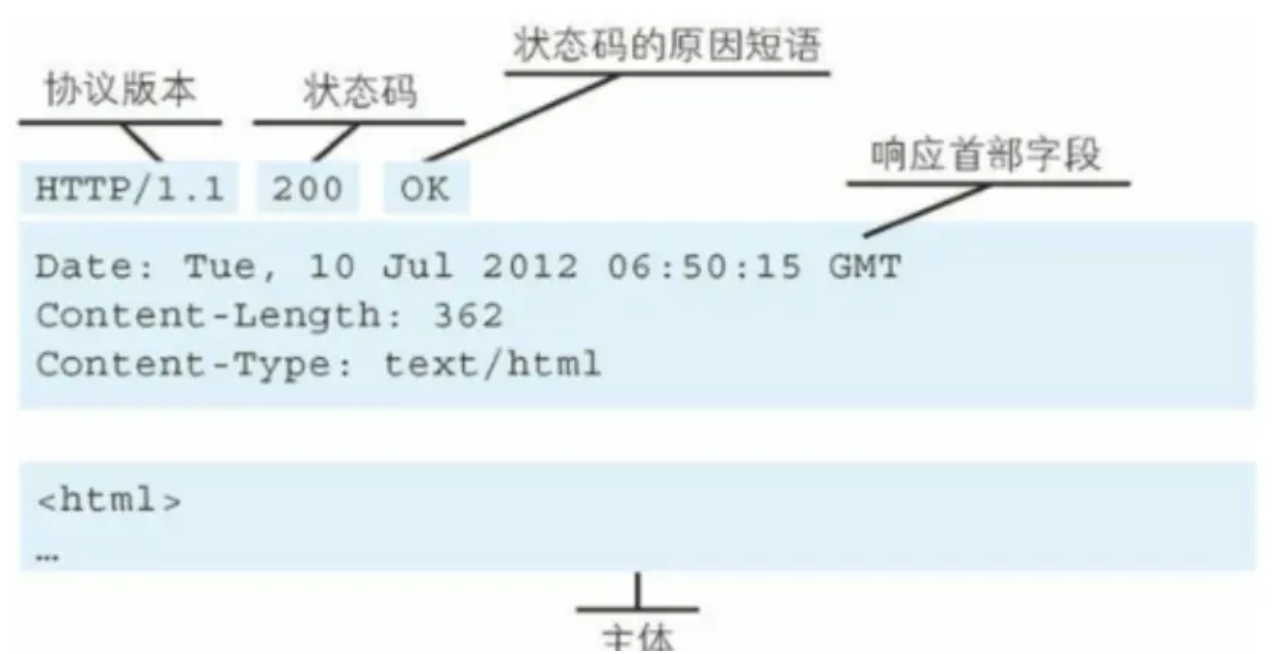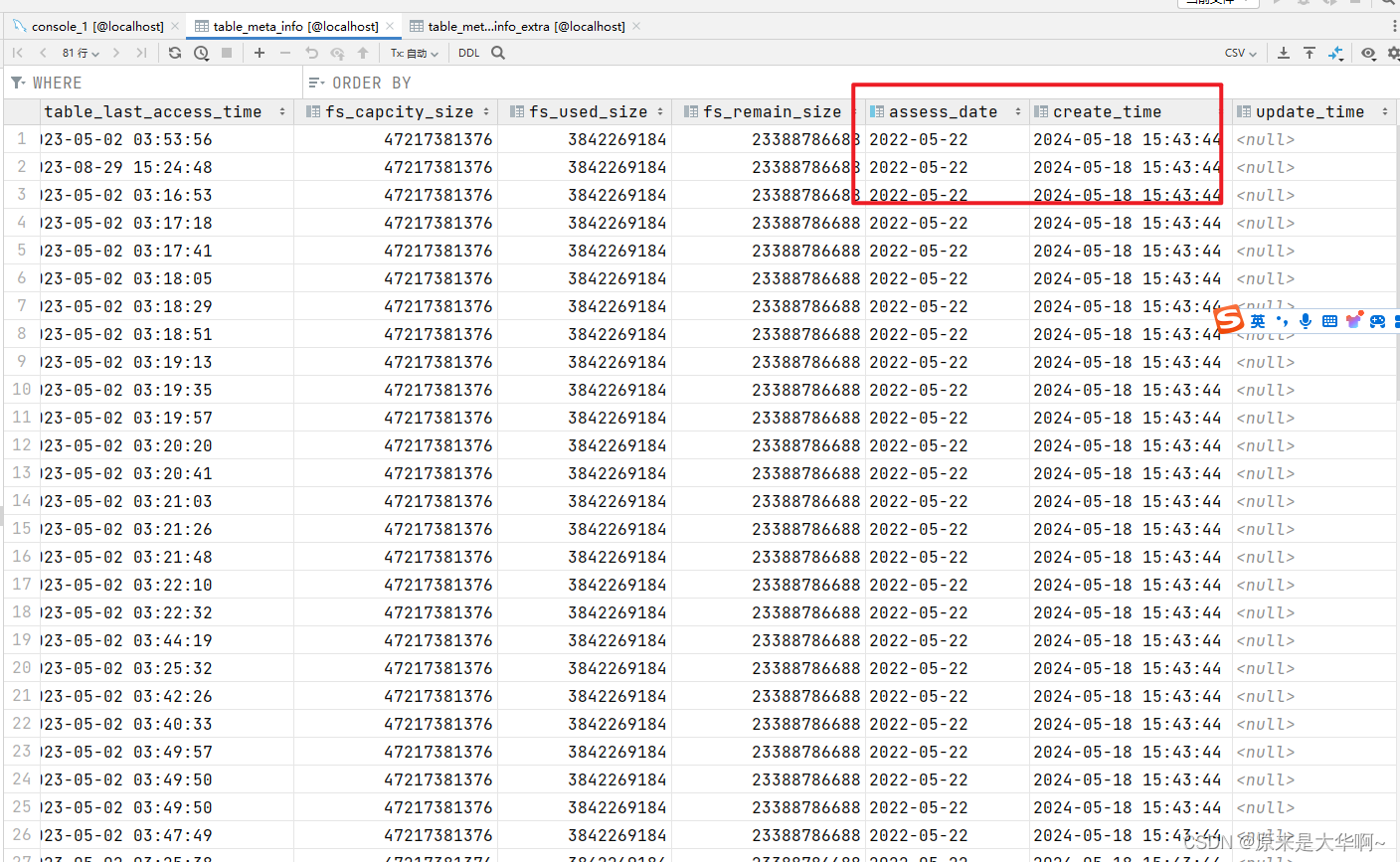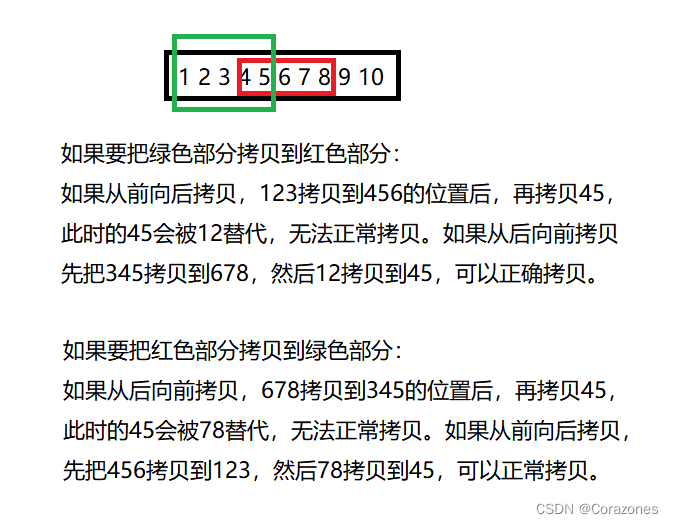一、语言概述
JavaScript 中的类型应该包括这些:

1.数字(默认双精度区别于Java)
console.log(3 / 2); // 1.5,not 1
console.log(Math.floor(3 / 2)); // 1
0.1 + 0.2 = 0.30000000000000004
NaN(Not a Number)
parseInt("hello", 10); // NaN
NaN + 5; //NaN
isNaN(NaN); // true
2.字符串
"hello".charAt(0); // "h"
"hello, world".replace("world", "mars"); // "hello, mars"
"hello".toUpperCase(); // "HELLO"
3.其他类型
1.null(non-value)
2.undefined(未定义。不可修改的常量)
如果声明了一个变量却没有对其赋值,那么这个变量的类型就是 undefined。
3.Boolean
1.false、0、空字符串(“”)、NaN、null 和 undefined 被转换为 false
2.所有其他值被转换为 true
Boolean(""); // false
Boolean(234); // true
3.变量
1.let 局部变量
let 语句声明一个块级作用域的本地变量
let a;
let name = "Simon";
// myLetVariable 在这里 *不能* 被引用
for (let myLetVariable = 0; myLetVariable < 5; myLetVariable++) {
// myLetVariable 只能在这里引用
}
// myLetVariable 在这里 *不能* 被引用
2.const 常量
const 允许声明一个不可变的常量。这个常量在定义域内总是可见的。
const Pi = 3.14; // 设置 Pi 的值
Pi = 1; // 将会抛出一个错误因为你改变了一个常量的值。
1.var 全局变量
var 是最常见的声明变量的关键字,使用 var 声明的变量在它所声明的整个函数都是可见的。
// myVarVariable 在这里 *能* 被引用
for (var myVarVariable = 0; myVarVariable < 5; myVarVariable++) {
// myVarVariable 整个函数中都能被引用
}
// myVarVariable 在这里 *能* 被引用
4.运算符
相等的比较稍微复杂一些。由两个“=(等号)”组成的相等运算符有类型自适应的功能。
如果在比较前不需要自动类型转换,应该使用由三个“=(等号)”组成的相等运算符。
123 == "123"; // true
1 == true; // true
1 === true; //false
123 === "123"; // false
5.控制结构
1.if
const name = 123
if ("123" == name) {
console.log("true")//true
} else {
console.log("false")
}
if ("123" === name) {
console.log("true")
} else {
console.log("false")//false
}
2.while
let num = 0
while (num < 3){
console.log("num:"+num)//num:0 num:1 num:2
num++
}
3.for / forEach / for…in / for…of
for
for (let i = 0; i < 2; i++) {
console.log("num:"+i)//num:0 num:1
}
forEach
let num = 0;
let array = [1,2,3,4]
for (let i = 0; i < 5; i++) {
num++
}
console.log("num:" + num)//num:5
array.forEach((value) => console.log("num:"+value))//num:1 num:2 num:3 num:4
for…in / for of
1.for in 输出的是数组的index下标,而for of 输出的是数组的每一项的值。
2.for of 不能遍历对象
const array = ["1","2","3"]
for (const value of array) {
console.log(value)//"1" "2" "3"
}
for (const key in array) {
console.log(key)//"0" "1" "2"
console.log(array[key])//"1" "2" "3"
}
4.&& 和 || 是/否,控制运算(对象判空取对象属性)
let object = {
name:"Tom",
age:20
}
let object2
let name = object && object.name //object 不为空则获取name,否则不操作
let sex = object2 && object2.name //object2 不为空则获取sex,否则不操作
let other = object.sex || object.age //object.sex 为空则获取 object.age
console.log(name)//Tom
console.log(sex)//undefined
console.log(other)//20
5.三元操作符
let age = 20
let value = age > 18? "yes" :"no"
console.log(value)//yes
6.switch
6.对象
Object,可以简单理解成“名称 - 值”对(而不是键值对)
1.空对象
let empty1 = {}//优先使用 方法叫作“对象字面量”法
let empty2 = new Object()
定义对象和调用对象属性
let object = {
name:"Tom",
age:20,
detail:{
height:180,
weight:60
}
}
object.name//Tom
object.detail.height//180
function test() {
let object = new Person("Tome",20)
console.log(object.name)//Tom
console.log(object.age)//20
object.age = 18
console.log(object.age)//18
}
function Person(name, age) {
this.name = name;
this.age = age;
}
7.数组及遍历数组方法
let array = ["1", "2", "3"]
for (let i = 0; i < array.length; i++) {
console.log("遍历数组方法一", array[i])// 1 2 3
}
for (const value of array) {
console.log("遍历数组方法二", value)// 1 2 3
}
for (const key in array) {
console.log("遍历数组方法三", array[key])// 1 2 3
}
array.forEach(function (value, index, array) {
console.log("遍历数组方法四", value)// 1 2 3
console.log("遍历数组方法五", array[index])// 1 2 3
})
1.array常用方法
1). push(value) 添加元素
let array = ["1", "2", "3"]
array.push("123")
array.forEach((value, index, array) => {
console.log(value) // 1 2 3 123
})
2). toString()所有元素的字符串
let array = ["1", "2", "3"]
console.log(array.toString()) //"1,2,3"
3).concat(otherArray)数组连接组合
let array1 = ["1", "2", "3"]
let array2 = ["4", "5", "6"]
console.log(array1.concat(array2)) //['1', '2', '3', '4', '5', '6']
4)…join(s) 数组元素中添加分隔符
let array = ["1", "2", "3"]
console.log(array.join())//1,2,3
console.log(array.join(""))//123
console.log(array.join("-"))//1-2-3
console.log(array.join("|"))//1|2|3
8.函数
function test() {
console.log(add02(1,2))//3
console.log(add03(1,2,3,4))//10
}
function add01() {
//默认return undefined
}
function add02(x, y) {
const sum = x + y;
return sum
}
function add03(...nums) {
let sum = 0;
nums.forEach((value) => {
sum += value
})
//默认return undefined
return sum
}




